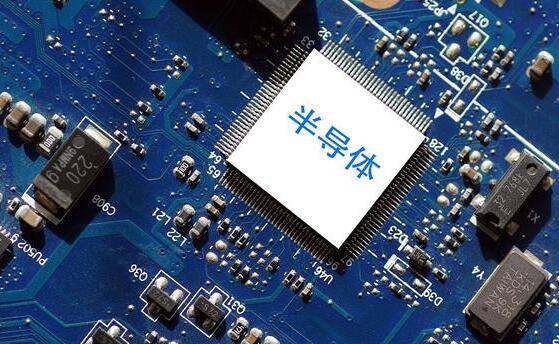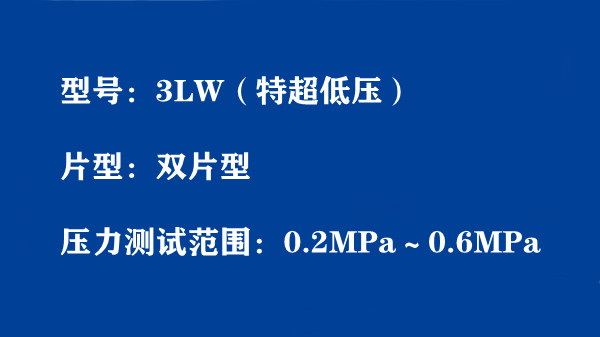The chip market is beginning to show signs of differentiation. However, countries around the world continue to increase chip production capacity, and chip manufacturers are rolling out expansion plans. The influx of capital into the sector has further fueled concerns over potential overcapacity in the future.
In 2021, a total of 1.15 trillion chips were shipped globally. The global chip shortage over the past two years drove many manufacturers to expand production. Earlier this year, Intel announced plans to build two new chip factories in Ohio, USA, with an initial investment exceeding $20 billion, expected to start construction this year and begin production by the end of 2025. Local residents, however, are frustrated, as some had to sell their homes to make way for Intel’s facilities.

Multiple Chips See Price Collapses
In the past two years, the pandemic disrupted supply chains, causing chip prices to soar. Now, the market is experiencing significant price drops. For example, a STMicroelectronics chip, a core component of electronic control systems, saw its market price rise to around ¥3,500 per unit in 2021, then fall to ¥600 per unit in 2022—a drop of over 80%. Another chip model that was priced at around ¥200 per unit in 2021 is now selling for roughly ¥20 per unit, just one-tenth of its peak price.
Since the beginning of this year, consumer electronics control chips have continued to decline in price, dropping from the hundreds to double-digit figures. For example, global smartphone sales fell in 2022, creating an oversupply of chips used in mobile phones. Consequently, major smartphone manufacturers lowered their shipment targets and cut orders from upstream chip suppliers.
(Source: CCTV Finance)
SaiYon
电话微信:13328020789
©SaiYon Sitemap






